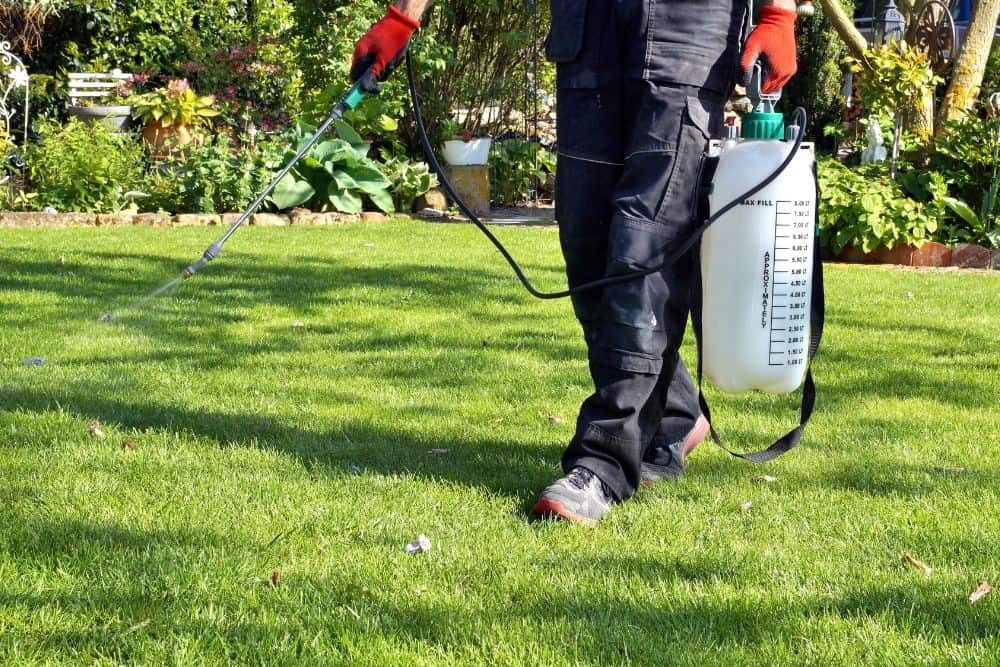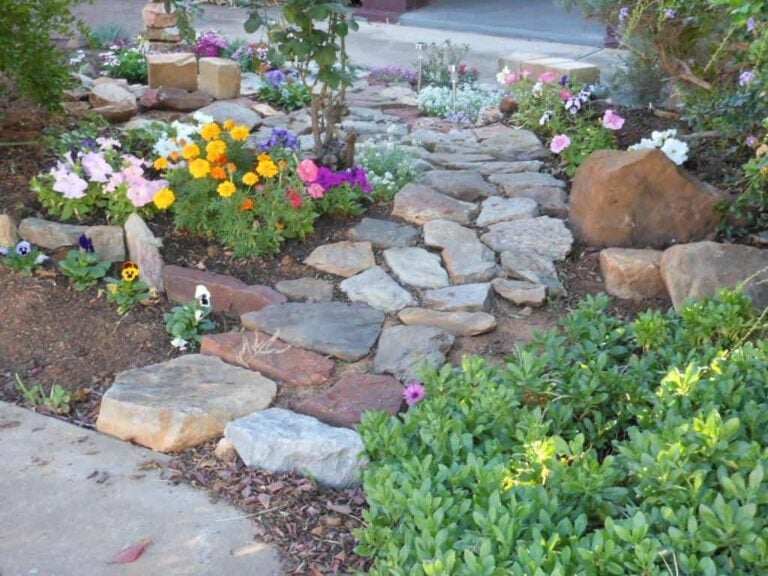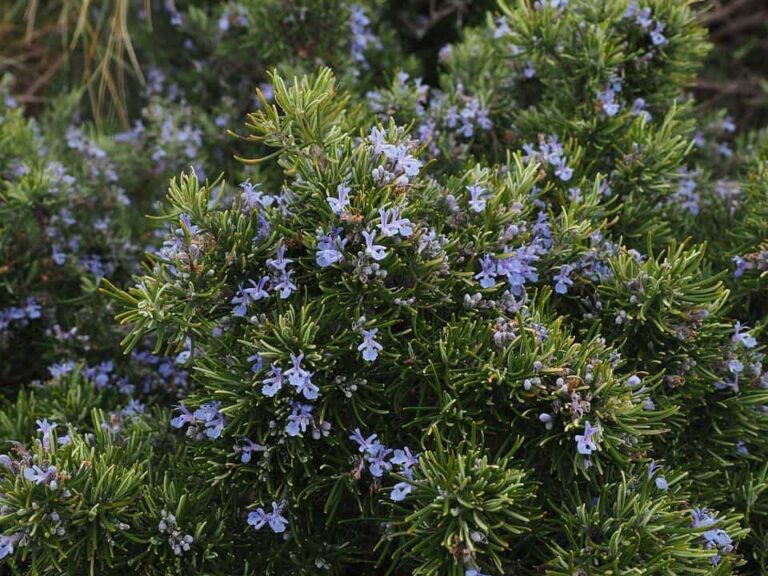8 Super Strong Effective DIY Homemade Weed Killers
When you’re a gardener, it’s important to keep weeds off your lawn. Not only do they look unsightly in most circumstances, but they can also steal valuable nutrients from the plants that you’re actually trying to grow, which starves them over time.
Even the most dutiful gardeners find themselves without their tools sometimes.
Whether you don’t like spending cash on weed killer or you’ve just run dry, we have 8 DIY alternatives that can be made with ingredients from the home.
Some of them are simple, some are more complicated, but all of them are capable of killing weeds. They’ll save you from having to rip every weed out, one by one.
Many of our homemade weed-killing remedies are also made from natural ingredients too, so you don’t need to worry about contaminating the ground. Check out the recipe for each of them below.
#1 Boiling Water Weed Killer
What’s more natural than water? Water doesn’t just give life to plants, it can take it away when the water is hot. Boil water and then pour it onto the weeds you want to kill.
You should be careful as boiling water will kill just about anything it comes into contact with, including plants you like and insects that are in the wrong place at the wrong time.
It’s more effective with small weeds. Larger weeds will come back after a brief period, so you shouldn’t rely on boiled water as a permanent solution.
Fortunately, it will work if you’ve been caught by surprise and have no weed killer at hand. Just pour the water, kill the weeds for a few days, and then come back later armed with something more potent.
#2 Vinegar Weed Killer
Vinegar is one of the most versatile ingredients you can keep in your kitchen. It isn’t just for adding taste to food, it’s often used in DIY recipes for multi-purpose cleaning.
As it happens, it’s also an effective weed killer. This is because it has acetic acid in it, the percentage of which varies depending on which vinegar you own.
You can get vinegar at 5%, 10%, 20%, or 30%, but the higher percentages are more expensive.
Note that anything about 20% is dangerous, to the point of causing blindness or chemical burns. You don’t want to use the expensive stuff when you’re throwing it onto some weeds, obviously.
Fortunately, the 5% white vinegar will do just fine.
Applying it is easy, you just pour it onto the weeds while making sure you don’t accidentally splash nearby plants that you want to keep. For precision weed killing, you should put the vinegar into a spray bottle so you can point it at problem areas.
Some weeds will die fast, others will take their time, maybe even as long as two weeks before you notice them dying off.
Wait for 21 days before trying vinegar or vinegar-based weed killer recipes again.
Here’s a bonus for those of you who suffer from odorous ant species – vinegar can help repel them. Since they use pheromones to communicate, they get confused by the strong scent of vinegar.
For best results, mix with half a cup of water and it should then stop the ants from invading your home.
#3 Salt & Vinegar Weed Killer
While white vinegar can get the job done by itself, it’s also the base in a lot of other recipes. Take, for example, this salt and vinegar weed killer recipe.
For this, you’ll need to use the same 5% white vinegar. If you have a liter of the stuff, you need to then mix in three tablespoons of salt, and three tablespoons of wash-up liquid inside a clean spray bottle.
Once you’ve made the mixture, you just need to shake it together. Then you can kill pretty much anything in your garden by spraying them. It’ll kill weeds, and many other plants, quite easily.
It may also make your soil acidic afterward, so you should be careful with using too much as that’ll have a detrimental effect on the plants you want to keep.
To make sure the soil is least affected, you should use it on dry, sunny days
#4 Salt Weed Killer
You may have heard the phrase “salting the earth.”
This was a historical strategy used by many different civilizations, from the ancient Assyrian Empire to the Spanish Empire, to punish conquered people or traitorous landowners.
By throwing salt onto their fertile land, the land would become infertile and prevent the growth of new crop plants.
Where civilizations relied on agriculture, it was typically a death sentence for their societies and many of those in it.
With that whimsical historical detail out of the way, you can use the same principle to remove weeds from your lawn!
You’ll need two parts salt to one part water, then mix it into a spray bottle. Then all you need to do is spray the water onto the plants. It may not be as fast-acting as a salt-vinegar-wash-up liquid cocktail, but it will get the job done.
Don’t pour salt onto the soil directly. If you do that, the soil may absorb the salt and will become unable to properly grow plants for some time.
That’s how they did it in the old days but, for your lawn, you should dilute salt with water for better results.

#5 Baking Soda Weed Killer
Baking soda is particularly effective for those who are suffering from weeds on paths and patios, or any other stonework fixtures in the garden.
Weeds love to grow in the cracks of concrete surfaces and, when they do, they can be hard to remove. Fortunately, baking soda is a great remedy for those situations.
Baking soda is just sodium bicarbonate, which is an ingredient used in many commercial weed killers. You don’t need anything else, just the baking soda itself.
From there, just sprinkle it on the problem plants and they’ll soon die off.
For maximum coverage, make sure you get into those cracks that the weeds are coming from so that a new weed doesn’t show up anytime soon.
If done right, it should make the cracks inhospitable for those pesky weeds.
#6 Borax Weed Killer
Along with sodium bicarbonate, sodium borate can also do some damage to weeds in your garden.
Sodium borate is also known as Borax, sodium tetraborate, or disodium tetraborate. It works a lot like baking soda, even down to how you can apply it.
We’d again recommend this for where you need a powerful, deep weed killer that can purge cracks and crevices where weeds love to grow.
During application, take extra care not to get any on plants that you want to keep.
If you’re a reader based in Europe, it may be difficult to acquire Borax since the sale of it is restricted.
Fortunately, there are many substitutes to Borax that act in the same way, so you don’t have to miss out on the action.
#7 Bleach Weed Killer
Bleach will kill the weeds in your garden too. It’ll kill anything, it’s bleach. It’s one of the most powerful things that you can apply to a garden, so you shouldn’t use it lightly.
Like many of the options we’ve covered, it can and will kill other parts of your garden if you’re not very careful when applying it.
That’s why you need to get a spray bottle again. This time, fill it with bleach and spray, it’s that easy.
While it’s a homemade solution, bleach isn’t natural, so you should be careful or avoid it entirely if you don’t want the chemical cleaning agent to be part of your garden.
If absorbed into the soil, bleach can devastate future growth potential.
Also avoid getting any of it on your skin or close to your eyes, mouth, and nose. If ingested in any way, bleach can cause damage to the digestive tract and require a visit to the emergency room.
#8 Mulch Weed Killer
While all of our solutions above have involved mixing or applying some solution onto the weeds, this is mulching, the more unique option.
Weeds are just like any other plant, they require photosynthesis to grow into the nuisances that they are. If you can get in the way of that photosynthesis, you can kill them before they even grow properly.
This means you need to find a way to blot out the sun, so the weeds don’t get any precious light. This is best done with lightweight but opaque materials like cardboard or reams of a newspaper.
When placed over weeds, they can help stop the plants from growing and kill them off instead.
You can even use both cardboard and newspaper if you want to make sure the weeds aren’t coming back soon.
One sheet of cardboard should do the job while you’ll need approximately four sheets of newspaper to make sure light doesn’t penetrate newspaper sheets.
If left for long enough, the cardboard and/or newspaper will start to break down and become part of the soil.
This makes it less labor-intensive than individually pulling weeds as you don’t need to get the sown materials back.
Once the material has melted away and new weeds inevitably show their faces, you will need to reapply the cardboard/newspaper to the area once again.
It may seem like a repetitive way of doing things but those weeds aren’t going anywhere.




